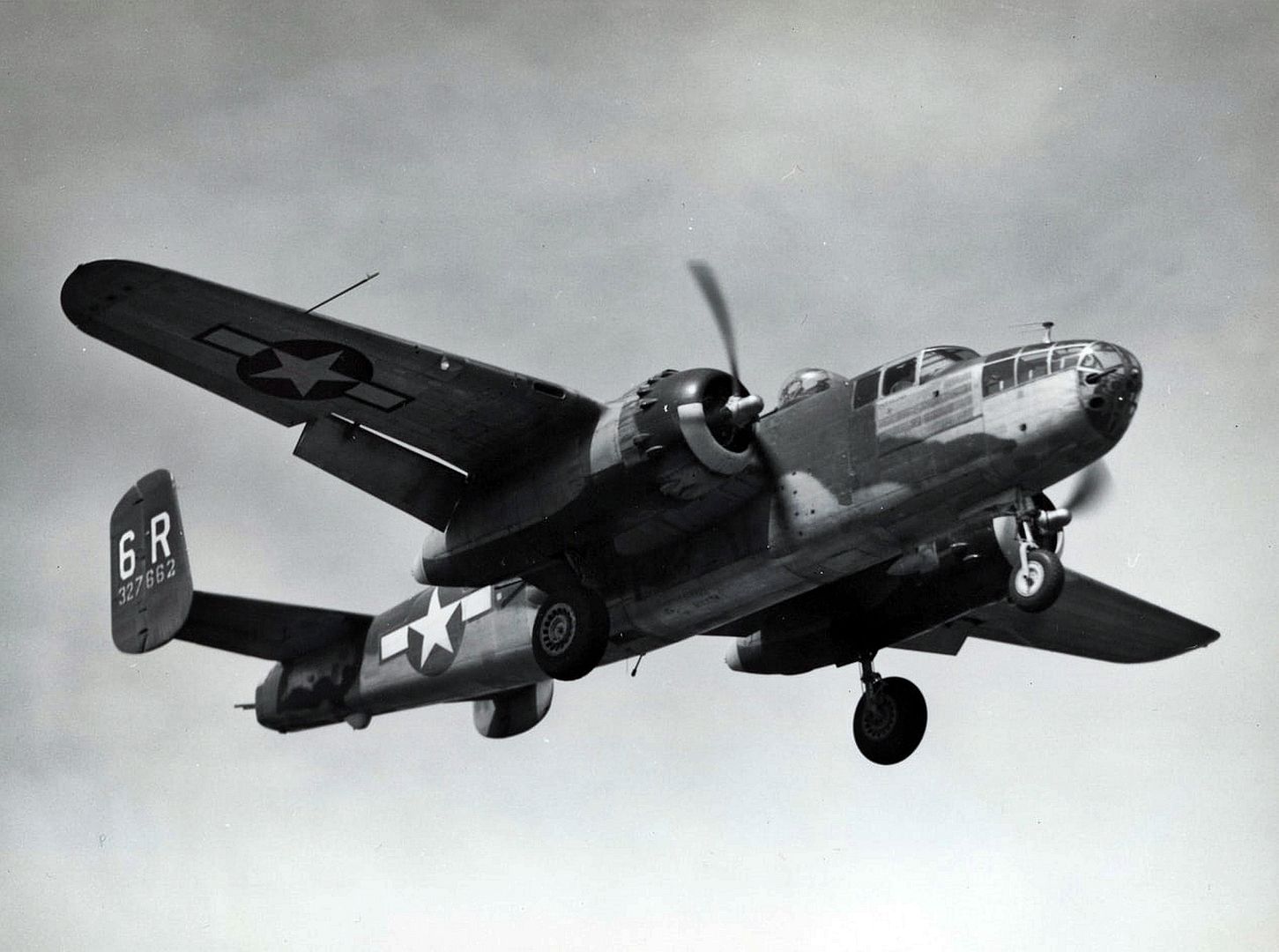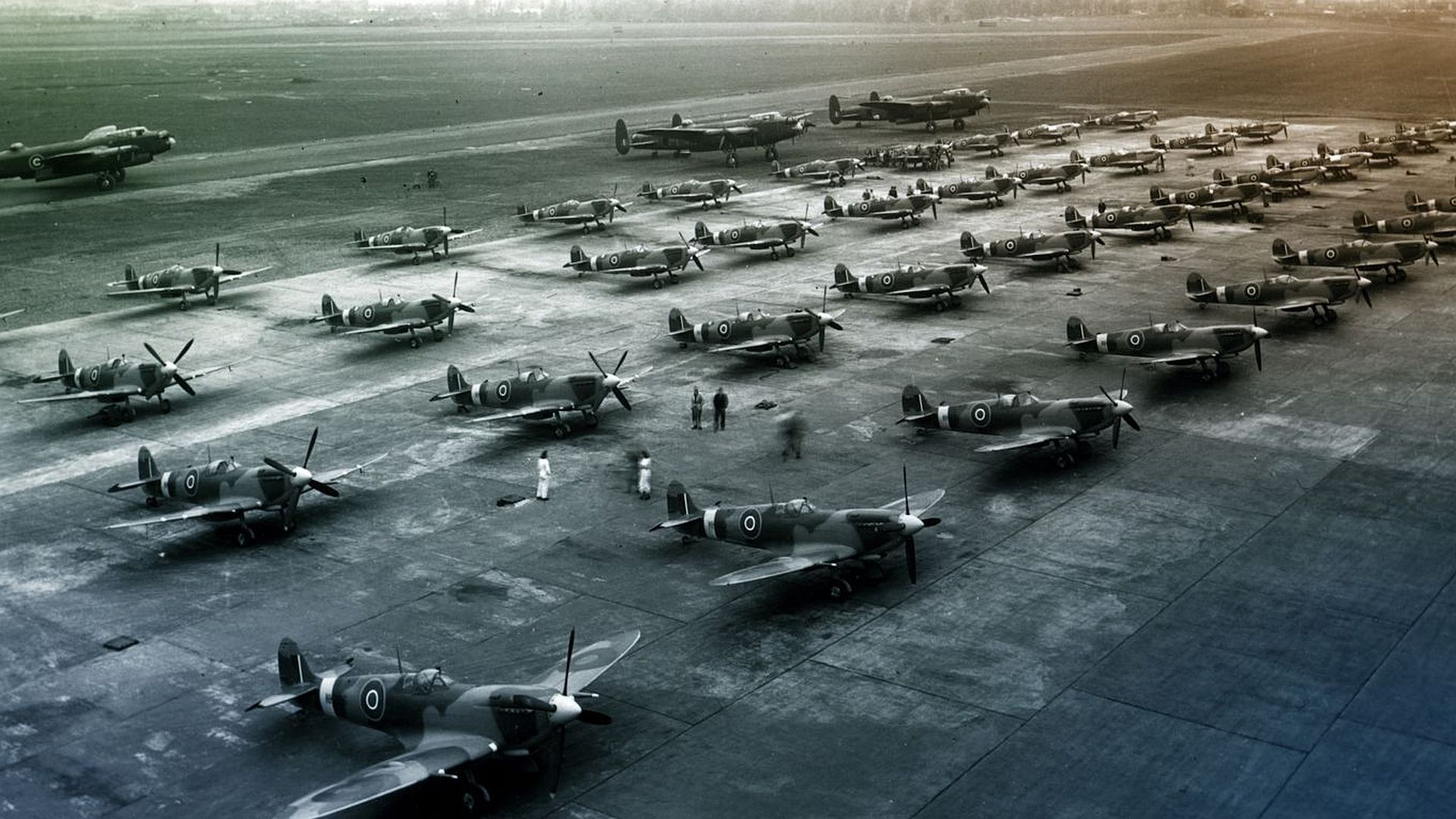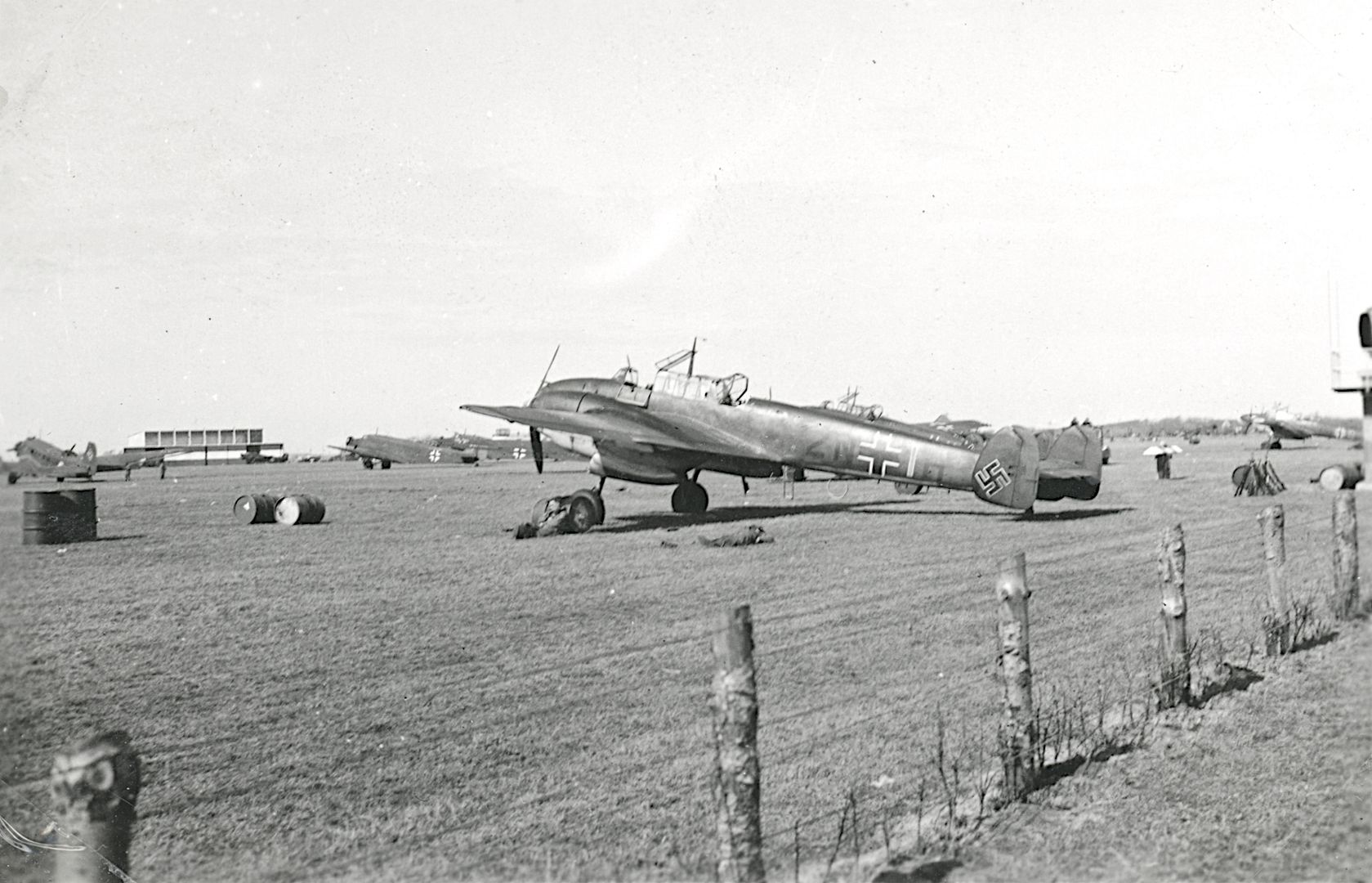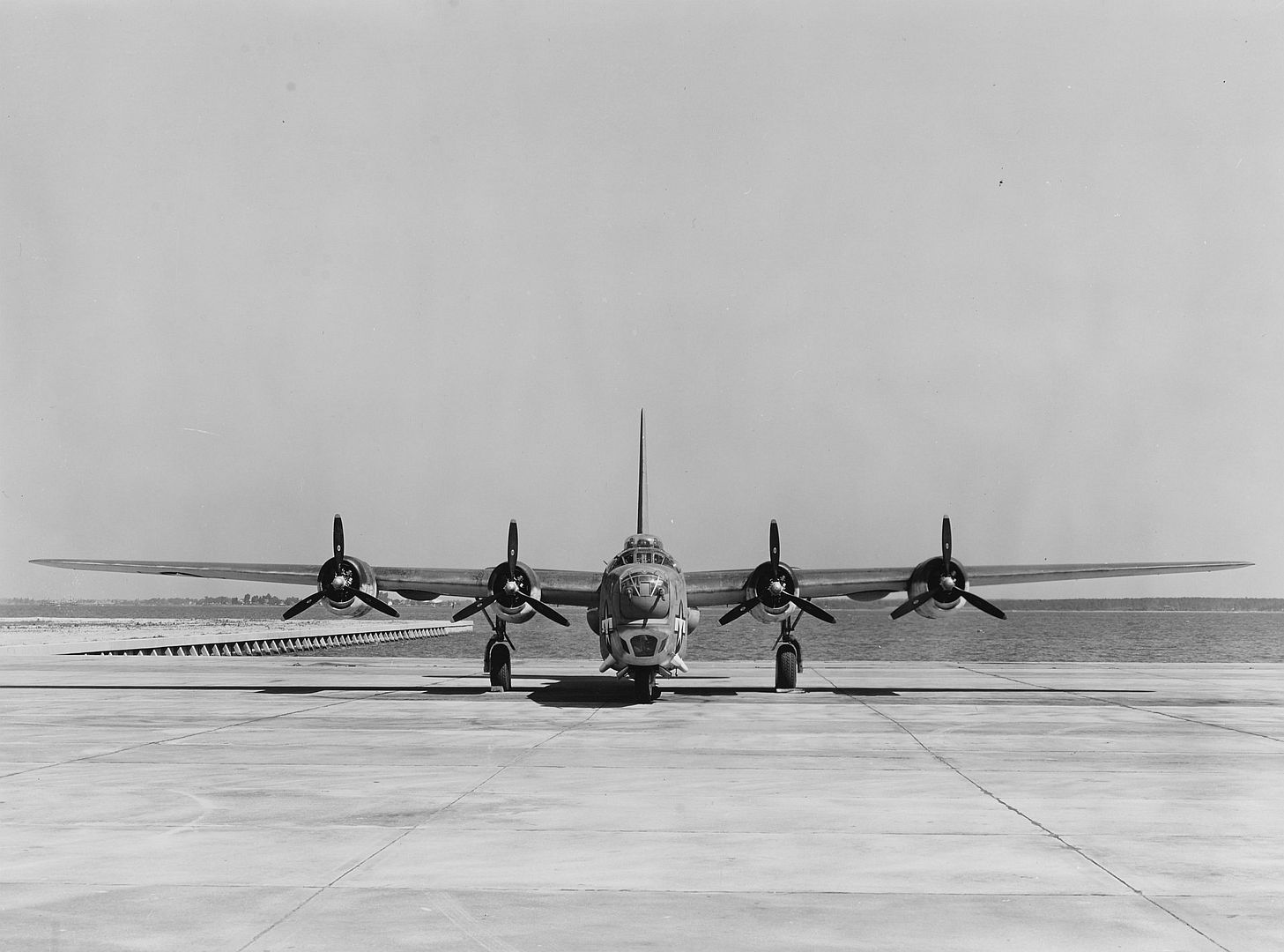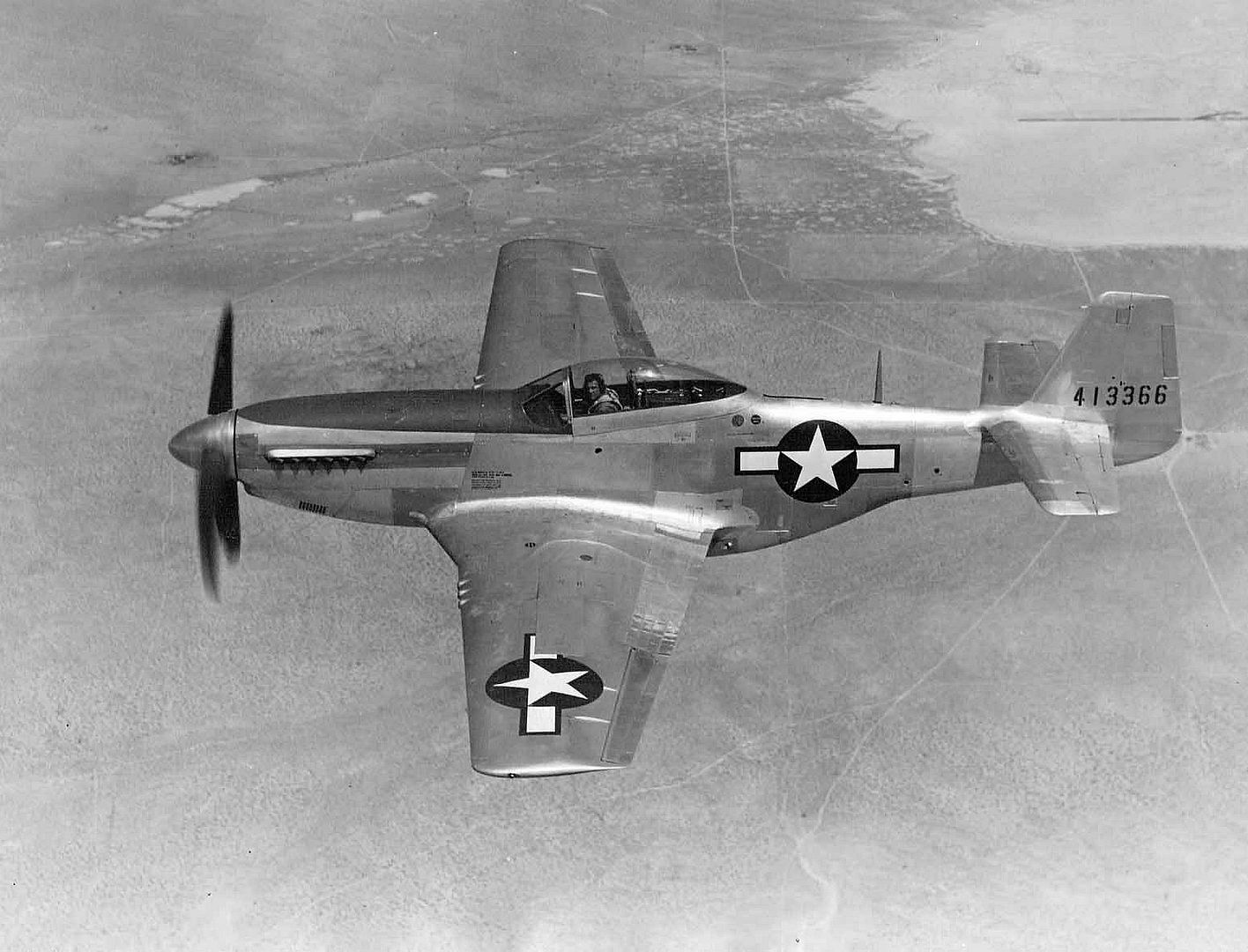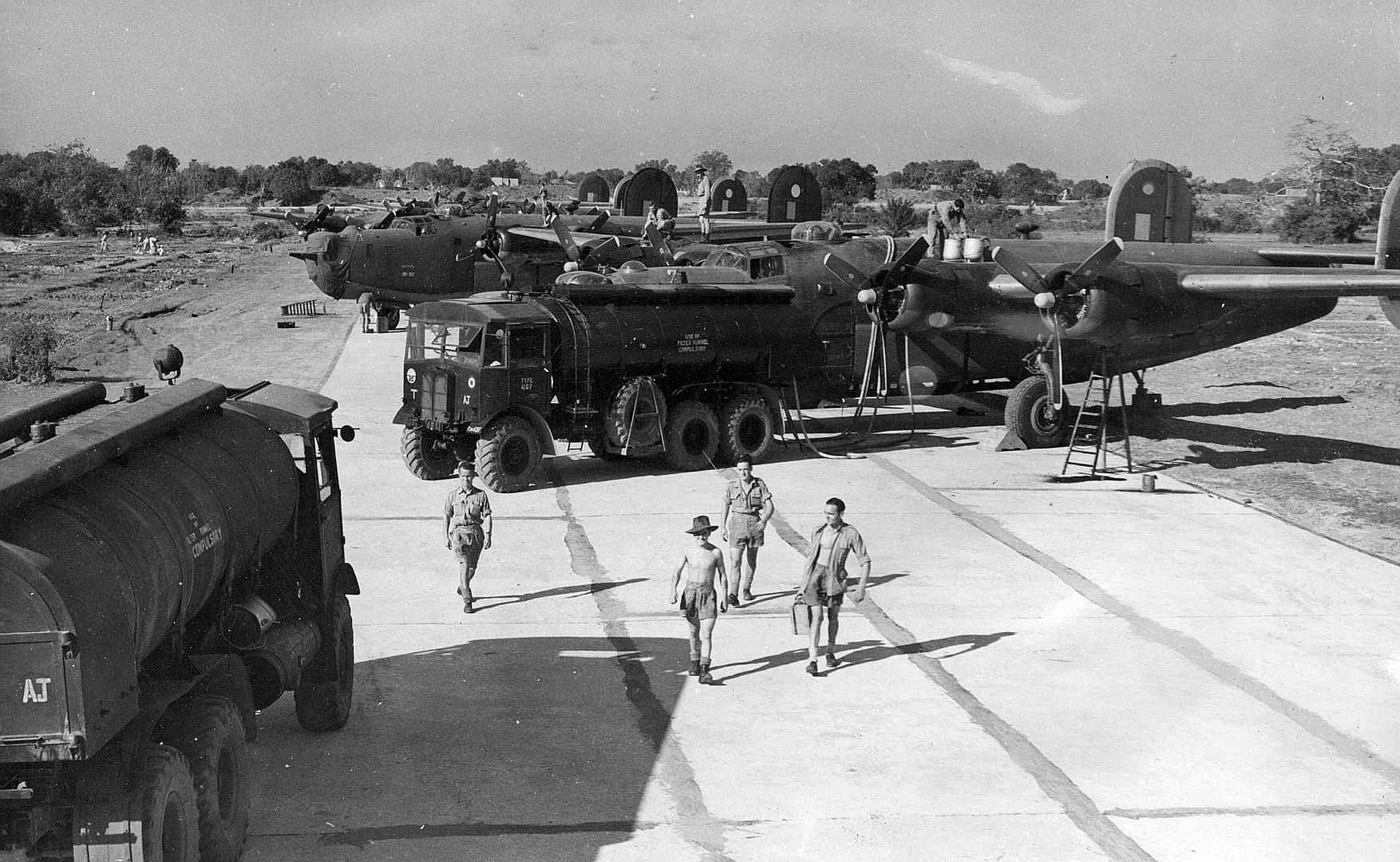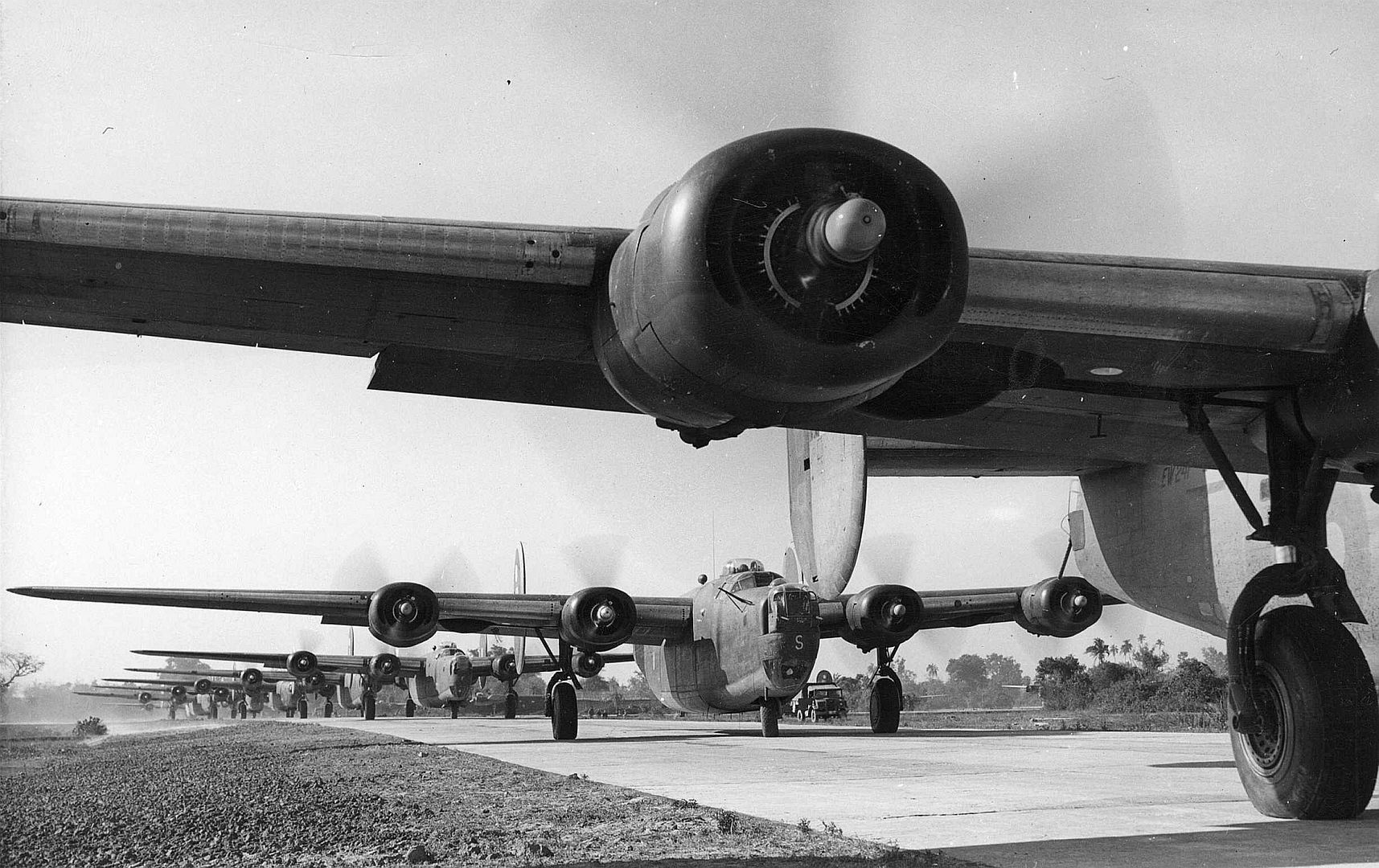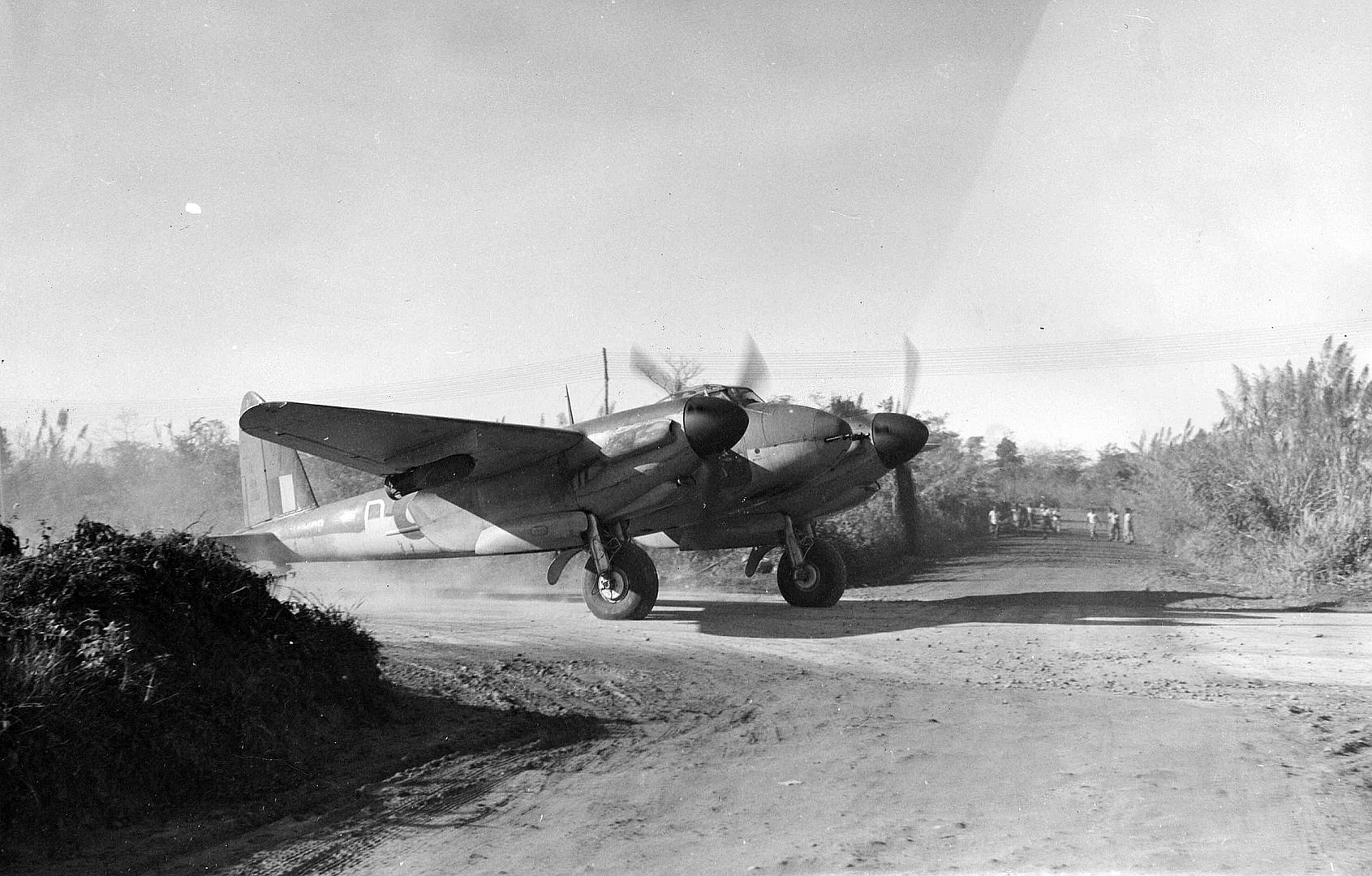Forums
- Forums
- Axis And Allies Forum
- General Discussion
- Photo of the week
Photo of the week
Post a reply
- Go to Next topic
- Go to Welcome
- Go to Introduce Yourself
- Go to General Discussion
- Go to Screenshots, Images and Videos
- Go to Off topic
- Go to Works in Progress
- Go to Skinning Tips / Tutorials
- Go to Skin Requests
- Go to IJAAF Library
- Go to Luftwaffe Library
- Go to RAF Library
- Go to USAAF / USN Library
- Go to Misc Library
- Go to The Ops Room
- Go to Made in Germany
- Go to Campaigns and Missions
- Go to Works in Progress
- Go to Juri's Air-Raid Shelter
- Go to Campaigns and Missions
- Go to Works in Progress
- Go to Skinpacks
- Go to External Projects Discussion
- Go to Books & Resources
-
 Main Admin
Main Admin -
 Main Admin
Main Admin -
 Main Admin
Main Admin -
 Main AdminThis weekends extra.
Main AdminThis weekends extra.
De Havilland DH93 Don prototype L2387 photographed in February 1938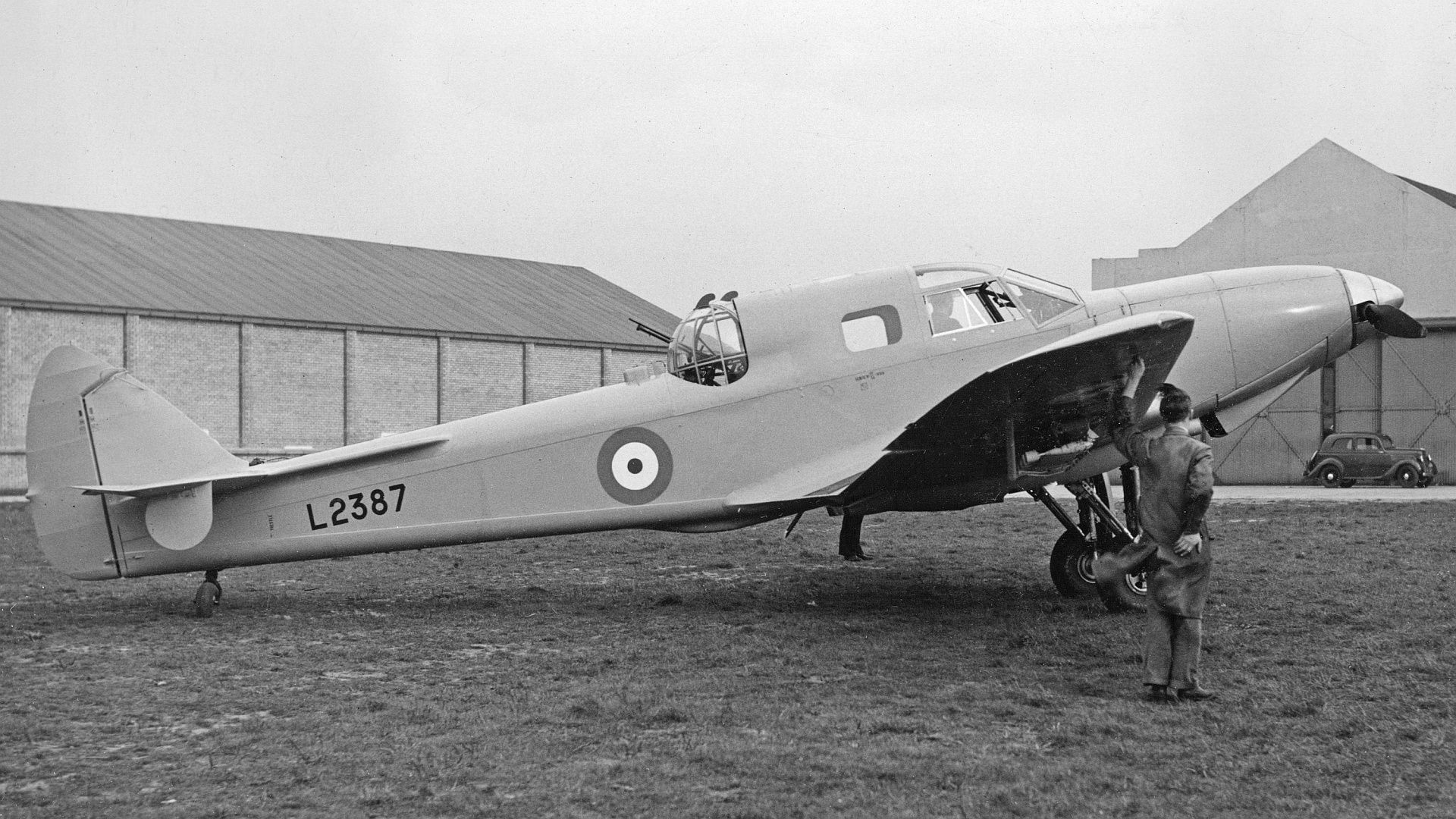
The prototype with test marks E-3 (later military serial number L2387) first flew on 18 June 1937 and was transferred to RAF Martlesham Heath for official evaluation. In the course of the trials, more equipment was added which increased the weight, and as a result, in an attempt to reduce weight, the dorsal turret was removed. The aircraft was also modified with small auxiliary fins fitted beneath the tailplane.
Despite the changes incorporated from the fifth aircraft, the type was deemed not suitable for training and the original order for 250 aircraft was reduced to only 50 aircraft, 20 of which were delivered as engineless airframes for ground training. The remaining aircraft served as communications and liaison aircraft, serving with No. 24 Sqn and numerous RAF Station Flights throughout the UK until early 1939, but all were grounded for use as instructional airframes in March 1939 -
 Main Admin
Main Admin -
 Main AdminThis weekends photos.
Main AdminThis weekends photos.
Avro Lancaster PD328 'Aries' from the Empire Central Navigation School at RNZAF Station Whenuapai.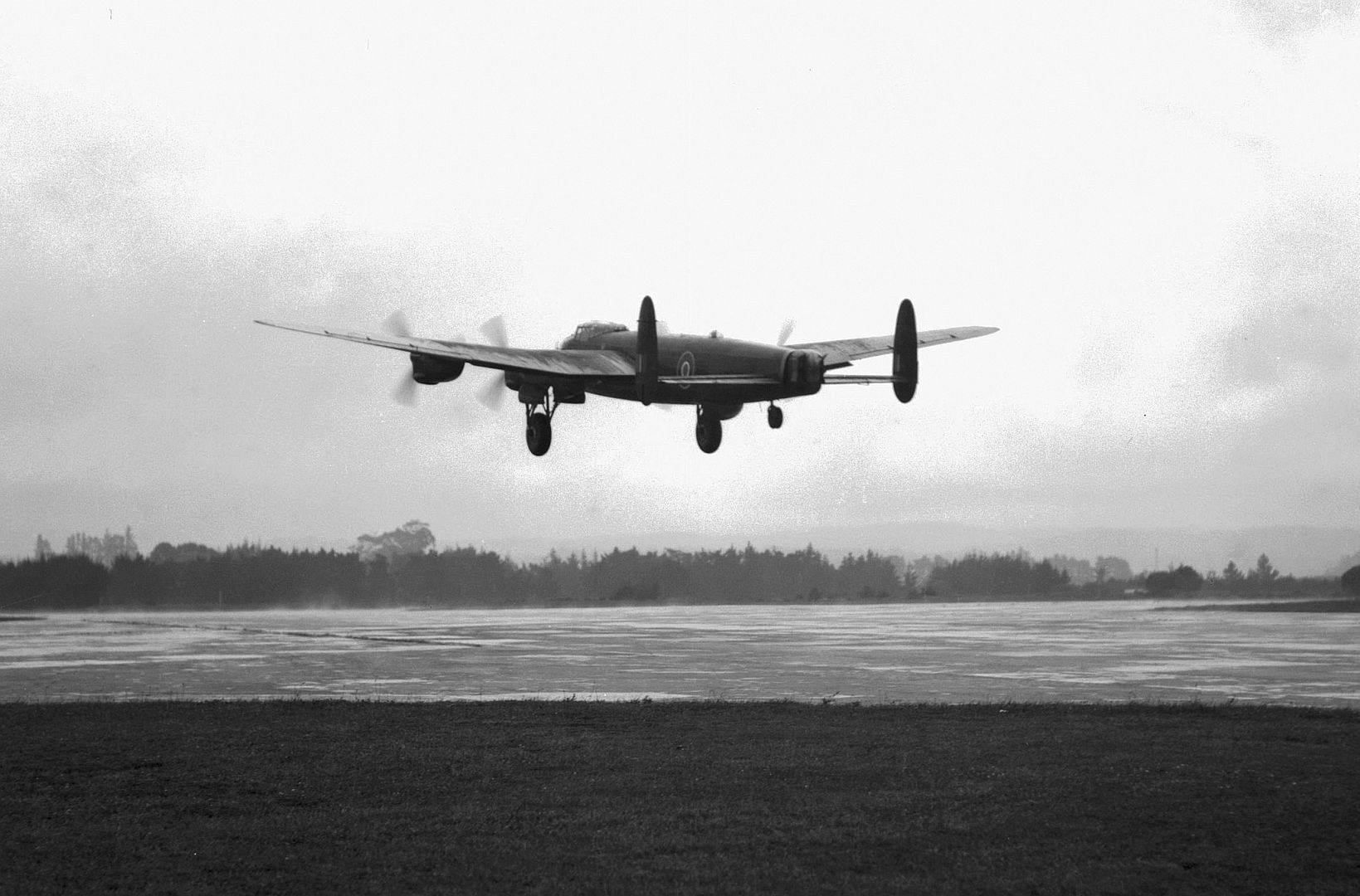
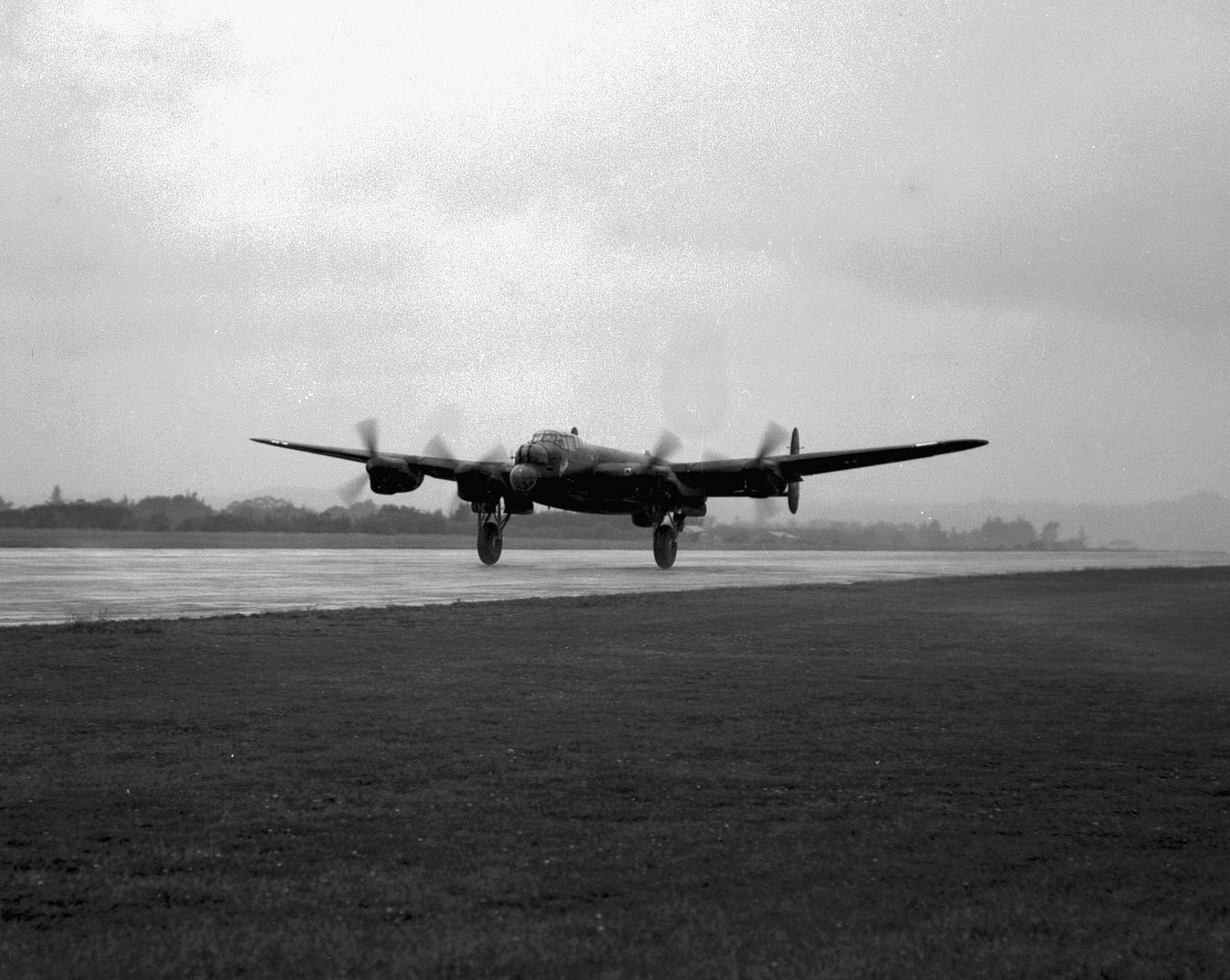
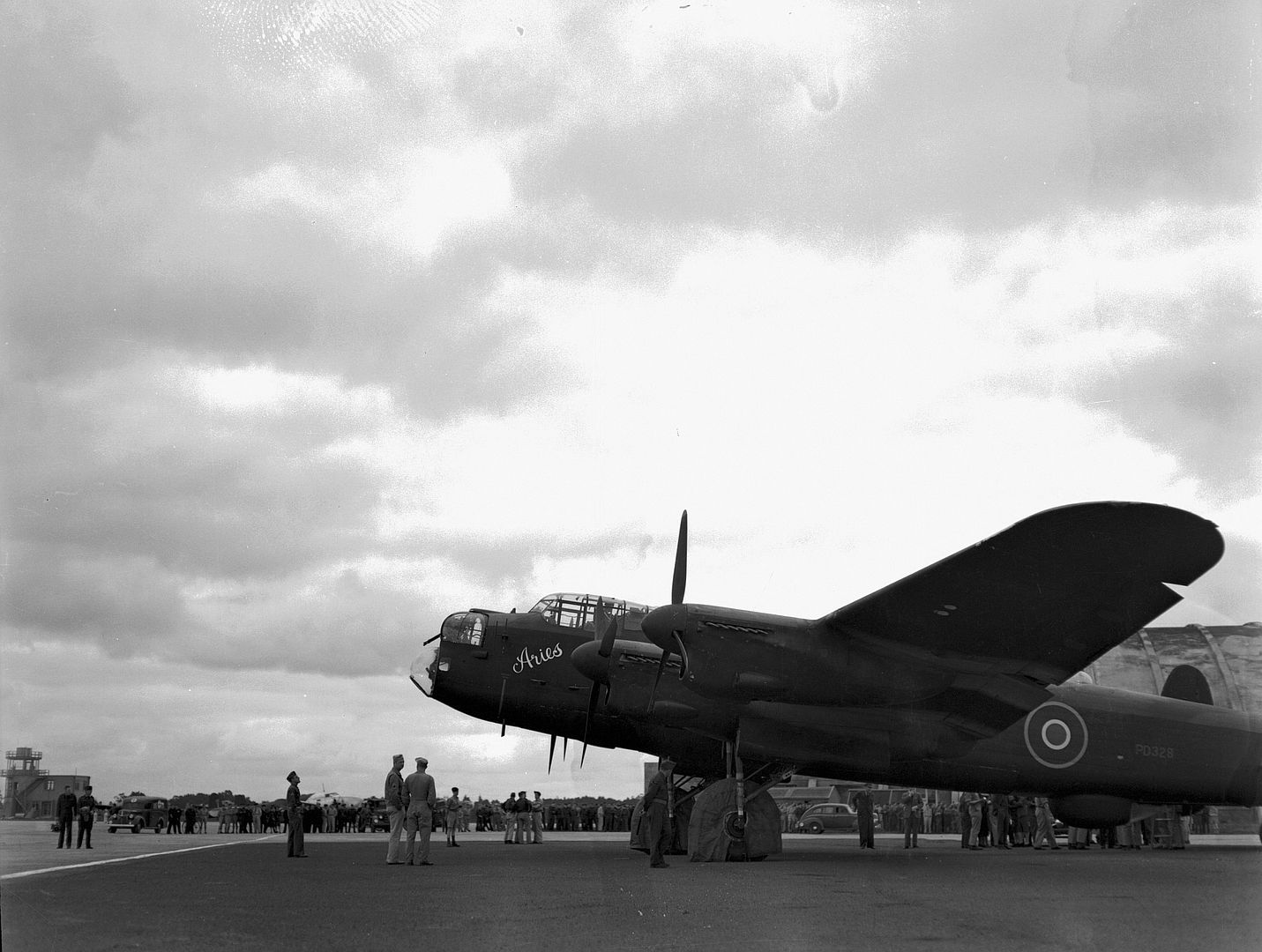
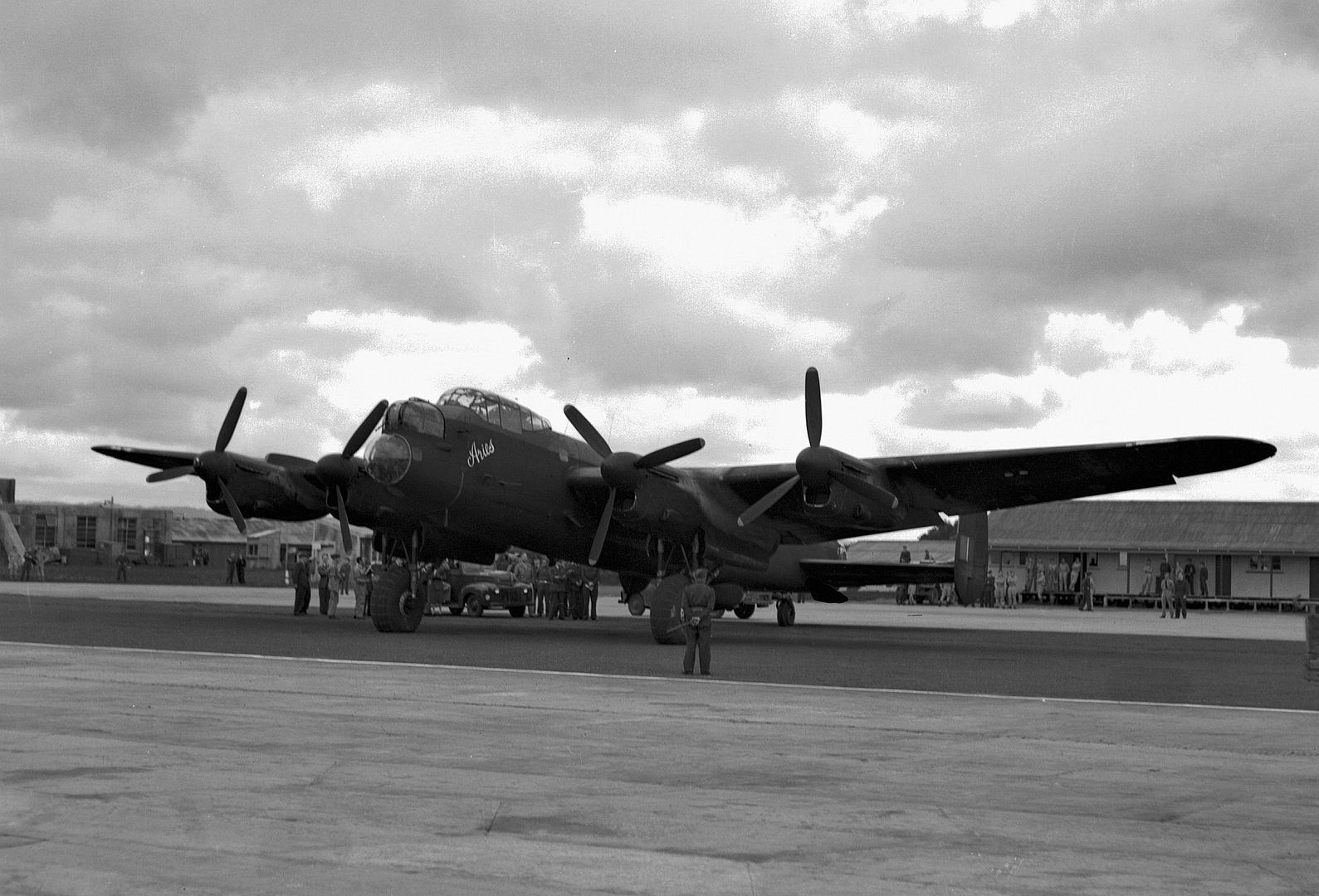
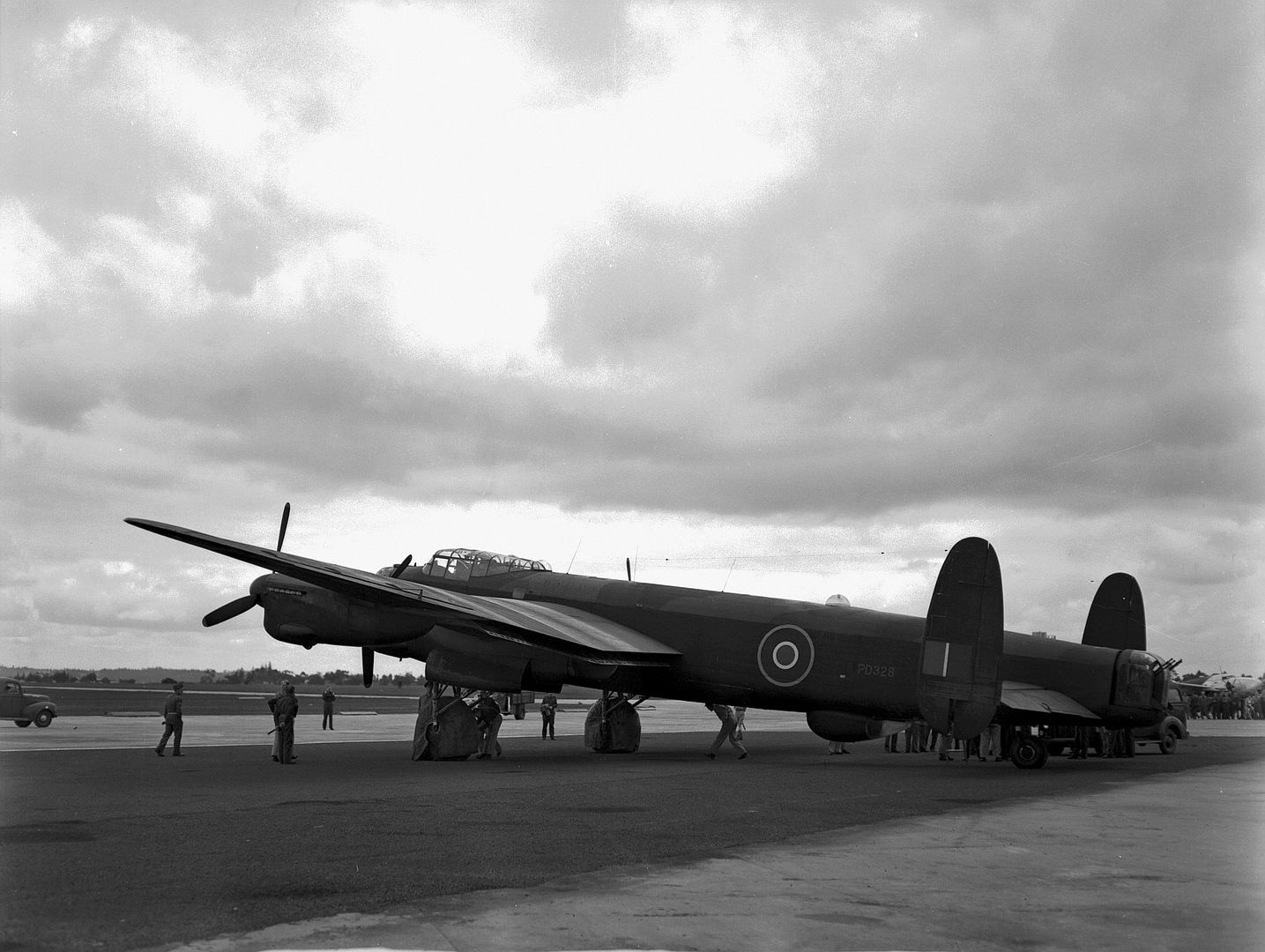
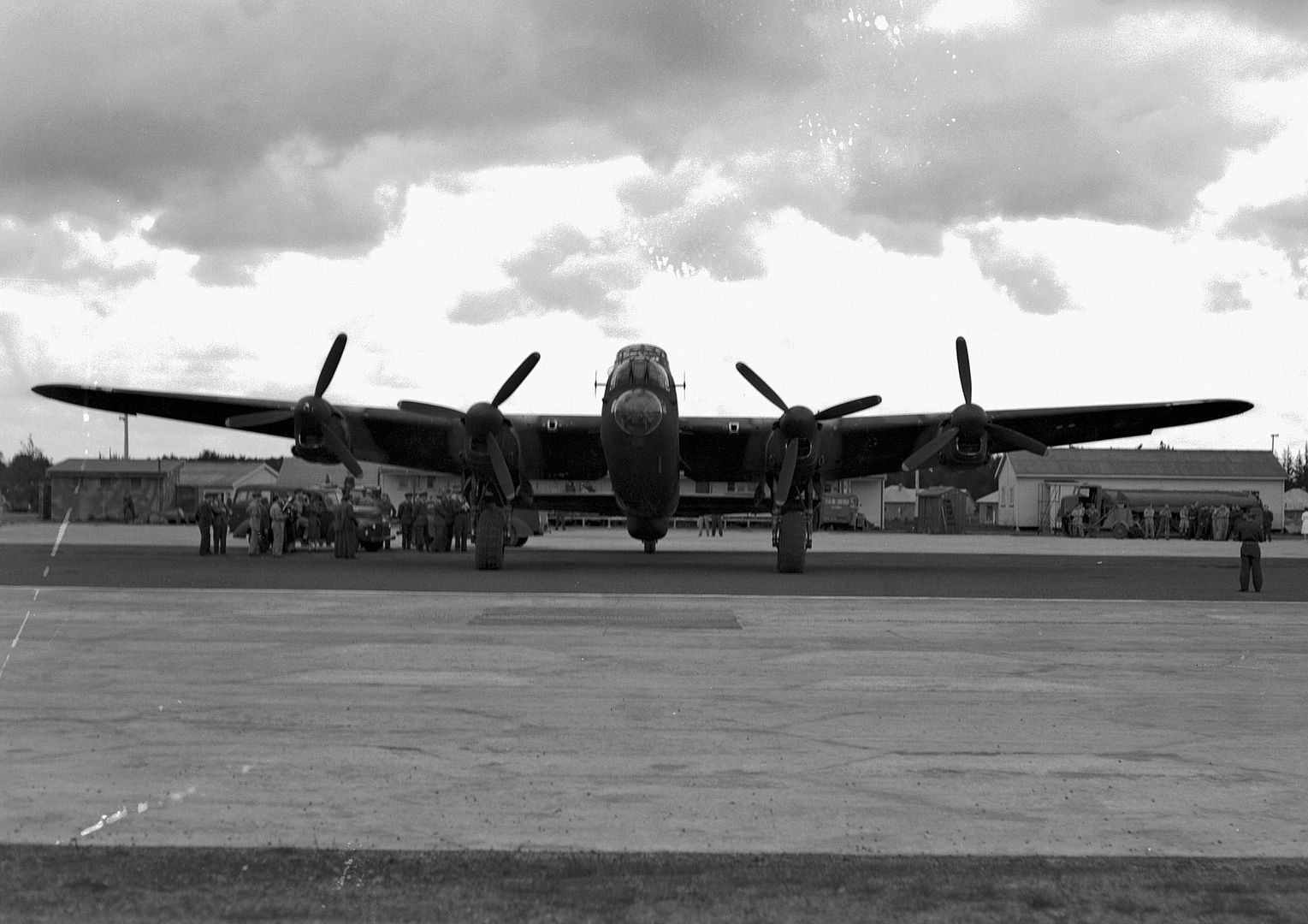
During the first years of World War Two it soon became apparent that very few bombers were finding their targets owing to poor navigation standards, particularly at night. Also contributing to this performance were inadequate navigation aids.
To address this issue the Central Navigation School (CNS) was formed at Cranage in Cheshire in August 1942 enhance standards and train specialists and instructors. By the time CNS moved to Shawbury, Shropshire, in February 1944 bombing accuracy had improved fivefold.
The school’s remit was extended to “consider navigation as a science and to carry out research into the problems of worldwide navigation”. This involved a series of long-range flights, the first of which was a record-breaker, which took off from Shawbury on October 21, 1944.
The machine chosen for the venture was a standard Lancaster I, PD328, powered by four Rolls- Royce Merlin XXIVs. It was one of a batch of 200 produced by Metropolitan-Vickers at Trafford Park in mid-1944 and had been allocated to the CNS at Shawbury on September 17, 1944.
Arriving at 38 Maintenance Unit (MU) at Llandow in Wales on September 26, PD328 was prepared for the expedition. The top turret was removed and two 400-gallon (1,818-litre) fuel tanks installed in the bomb bay. It next made a short ‘hop’ eastwards to 32 MU at St Athan to have the latest H2S radar fitted together with other navigation aids.
TIGER FORCE PLANS
After a series of trials PD328 arrived at Shawbury where it was given the name Aries, the first sign of the zodiac.
A secret document outlined the purpose of the flight: “to visit operational and training centres in the New Zealand and Australian theatres”. Five specific aims were outlined see the panel.
Undoubtedly, there was another reason for the flight. At the Quebec Conference six weeks before Aries took off, the possibility of sending RAF bombers to support the USAAF against Japan was raised with the Prime Minister, Winston Churchill. He was enthusiastic and soon confirmed that the RAF would provide what became known as ‘Tiger Force’ for the Pacific theatre once the war in Europe was over. Although no reference was made to this in the secret document, the inclusion of investigating needs in the Pacific was not a coincidence since no other RAF forces were earmarked for operations in the area.
Some of the ‘Tiger Force’ reinforcements to be sent to theatre would have to fly to the Pacific via the USA. It cannot have been a fluke that Aries was planned to take this likely route.
PACIFIC TRANSIT
At 10:00 hours on October 21, 1944 PD328 took off under the command of Wg Cdr D C McKinley DFC, a regular officer, a veteran of Coastal Command and one of the pioneers of the North Atlantic Ferry Service. A second pilot, three navigators, one a radar specialist, and a wireless operator made up the flight crew. Three servicing personnel and a Ministry of Aircraft Production representative were also on board.
The Lancaster headed for Prestwick, Scotland, to clear customs before leaving for Reykjavík in Iceland. The following day, the 2,300-mile (3,700km) flight to Montreal’s Dorval Airport was completed.
After flying to Washington DC to brief the RAF Delegation, Aries set off for a direct routing to Hamilton Field at San Francisco but was forced to divert to Omaha, Nebraska, to rectify an engine fault, which was soon made serviceable.
Surprisingly the crew had to explain the reason for their arrival to the US authorities. This resulted in a day’s delay, during which clearances for the Pacific transit were obtained. Finally, at midnight on the 28th, they were able to take off on the 2,396-mile sector to Hickam Field Honolulu, and there met with the US Commanding General.
WARM WELCOME
The flight to Auckland in New Zealand was via Samoa and was completed on the 31st. Welcoming the arrival was the Deputy Chief of the Air Staff of the Royal New Zealand Air Force (RNZAF). After a rest during a brief maintenance period, the crew spent the next 12 days visiting RNZAF bases.
Aries was shown off and lectures were given to squadrons and training units. McKinley and his team received a great reception, generating “exceptionally keen interest”. Many local dignitaries visited the Lancaster and the crew attended civic receptions.
On November 13, 1944 PD328 was flown to Fiji, where more talks were given to the resident squadrons. Then it was on to Australia for another warm welcome.
Over the next two weeks, visits were made to both operational and training units in addition to briefings with senior Royal Australian Air Force (RAAF) and intelligence staff. The Lancaster headed for New Guinea on November 30 and then on to Darwin and Perth.
By the time Aries left Australia on December 11, the team had visited 24 bases in New Zealand, Australia and New Guinea.
ROUND THE WORLD
Return to the UK began with a 615- mile flight to Learmouth in Western Australia for refuelling and then a 2,680-mile non-stop stage to Ceylon arriving at first light. After just two hours on the ground, the Lancaster took off to cross the Indian Ocean heading for Masirah in the Arabian Gulf.
With just enough time to refuel and eat, the crew were airborne again bound for Cairo in Egypt, 2,352 miles away. After 90 minutes on the ground, PD328 left for Malta. As well as taking on fuel, the plugs in the starboard outer engine were changed and the sand filters were removed.
The Lancaster took off at midnight to head for Northolt, Middlesex. Over France the crew received a message to divert to Lyneham in Wiltshire and on arrival were redirected to Northolt only to find the weather unsuitable for landing.
They went back to Lyneham where they were not expected and had trouble being serviced – all of this after 70 hours’ continuous operation with only sufficient time on the ground to refuel and freshen up.
Eventually, McKinley was given permission to head for his base at Shawbury arriving 71½ hours after leaving Australia. This return flight was one of remarkable endurance and professionalism by the entire crew.
Some statistics illustrate the scale of the achievement. The total flying time was 202 hours covering some 36,000 nautical miles; the longest stage was 2,710 and six legs exceeded 2,200. The greatest airborne time was 15 hours, 8 minutes, on the Australia to Ceylon leg.
There were also several notable sector achievements: UK to New Zealand in 67 hours flying time; San Francisco to Auckland in less than 60 hours elapsed; and the first Masirah to Cairo, via Aden, non-stop flight,
Australia to Britain in 71½ hours elapsed was an astounding 50 hours less than the previous official record. Aries had become the first British aircraft to fly around the world.
For his leadership during this unique flight, McKinley was awarded the Air Force Cross (AFC). Surprisingly, there were no awards to any other members of the crew.
Text from here - https://www.key.aero/article/over-top -
 Main AdminThis weekends extra.
Main AdminThis weekends extra.
Supermarine Spitfire PL841 PR Mk XI, asigned to Air Command South East Asia 681 Sqn 1944\45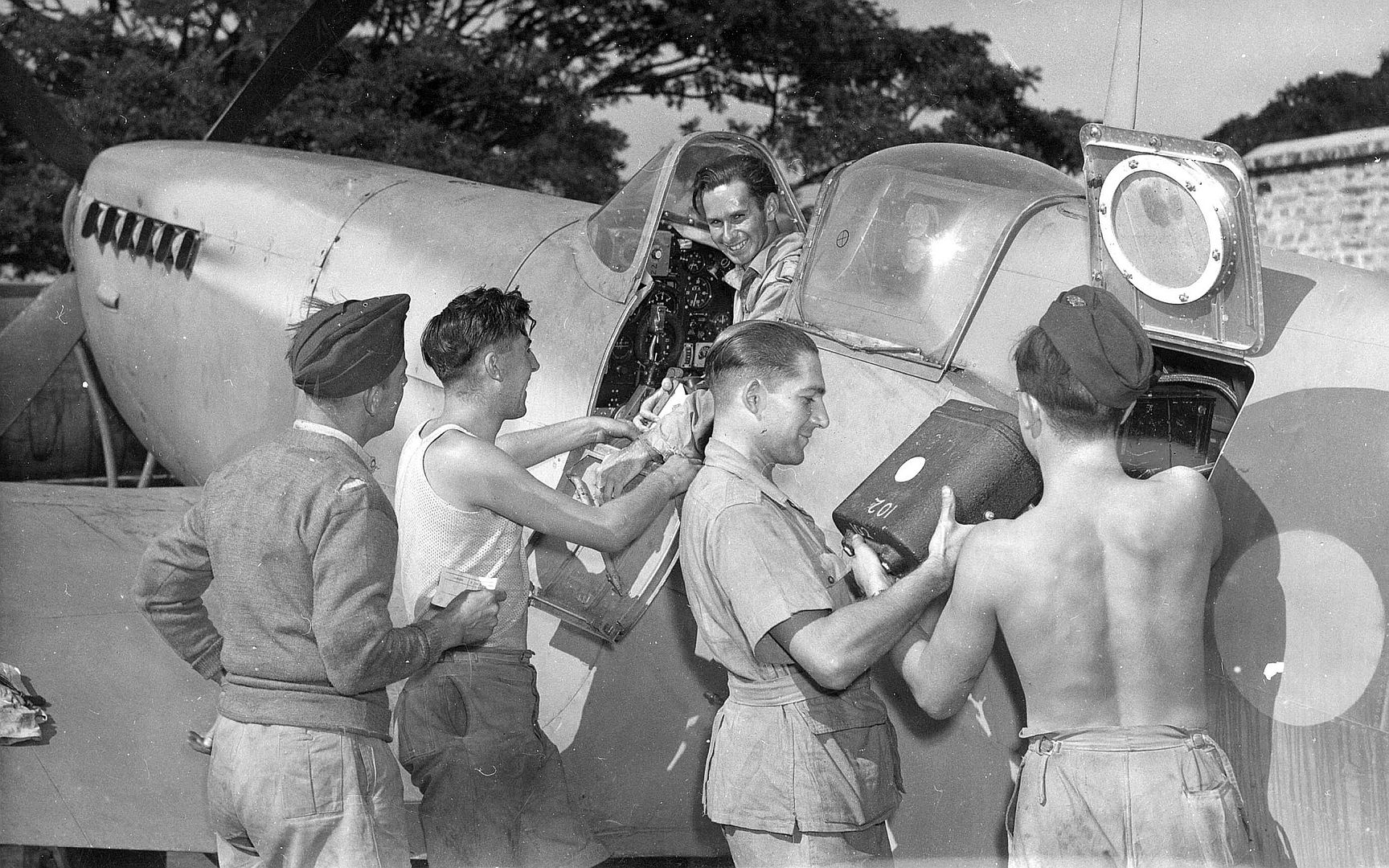


Supermarine Spitfire PL841 PR Mk XI, Built at Aldermaston.
Delivered to No 6 MU 29-5-44, Assigned to RAF Benson 9-9-44, transferred to 14th PRS, 7th PRG, 8th AF USAAF, sent to 1 Overseas Aircraft Despatch Unit 20-9-44, shipped overseas to NW Africa 25-9-44, asigned to Air Command South East Asia 681 Sqn 12-10-44, missing from PR mission to Moulmein 7-6-45. -
 Main Admin
Main Admin -
 Main Admin
Main Admin -
2 years agoSun Jan 01 2023, 12:57pmDuggy
 Main Admin
Main Admin
Post a reply
- Go to Next topic
- Go to Welcome
- Go to Introduce Yourself
- Go to General Discussion
- Go to Screenshots, Images and Videos
- Go to Off topic
- Go to Works in Progress
- Go to Skinning Tips / Tutorials
- Go to Skin Requests
- Go to IJAAF Library
- Go to Luftwaffe Library
- Go to RAF Library
- Go to USAAF / USN Library
- Go to Misc Library
- Go to The Ops Room
- Go to Made in Germany
- Go to Campaigns and Missions
- Go to Works in Progress
- Go to Juri's Air-Raid Shelter
- Go to Campaigns and Missions
- Go to Works in Progress
- Go to Skinpacks
- Go to External Projects Discussion
- Go to Books & Resources
